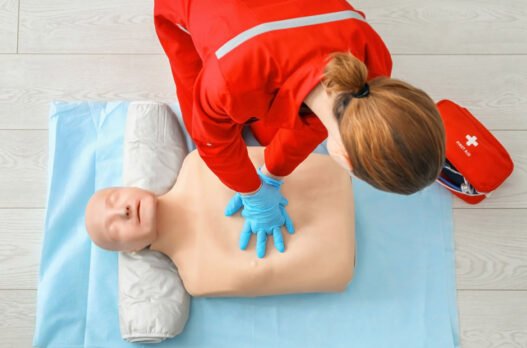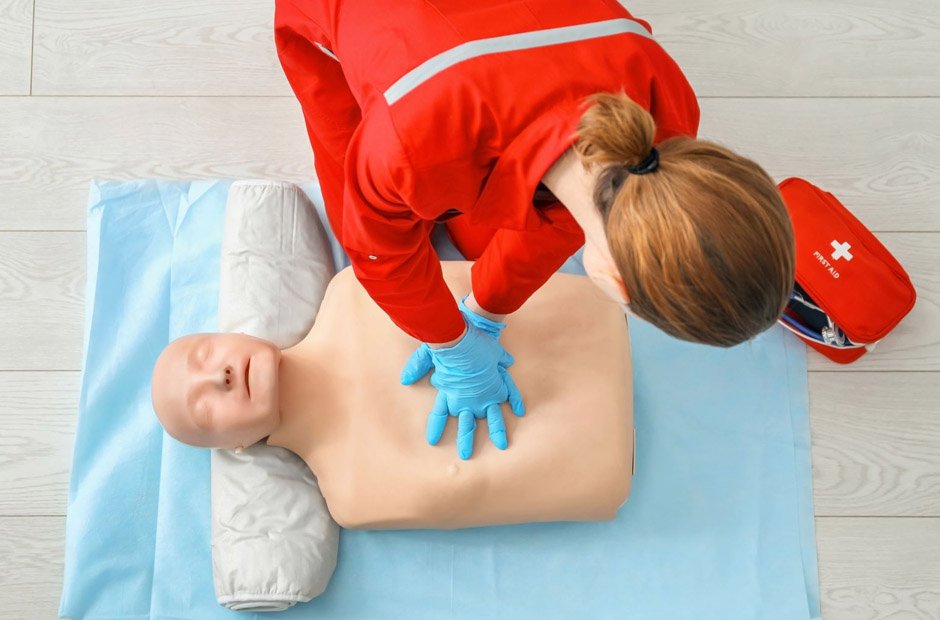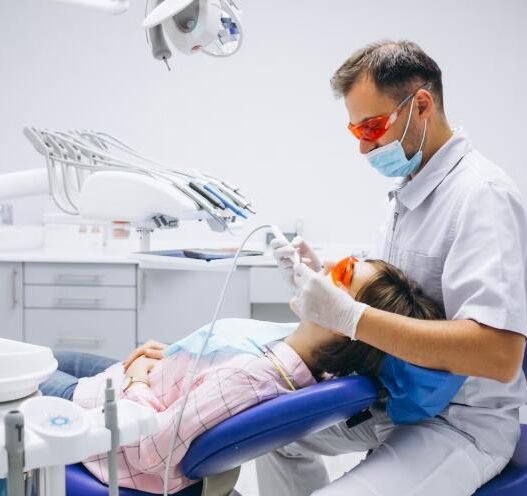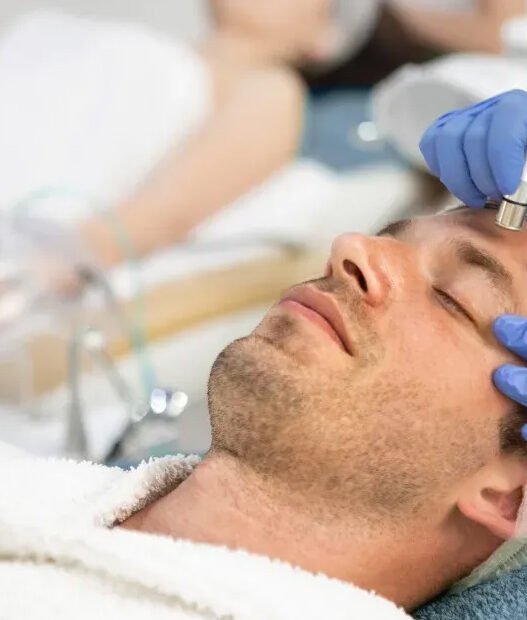Cardiopulmonary conditions, such as heart disease, may require continuous monitoring to respond fast to emergencies. If you’re a caregiver, learning how to perform cardiopulmonary resuscitation (CPR) could help save someone’s life in an emergency. You’ll need both training and CPR certification before you start performing such resuscitations as part of your professional care services. Here are a few reasons why caregivers should pursue CPR training and certification:
Lifesaving Skills
Caregivers work with children, seniors, and those with chronic conditions that require ongoing care. These groups are particularly vulnerable to situations like respiratory distress, which can potentially lead to cardiac arrest. CPR certification equips you with the practical skills required to respond to emergencies. Without immediate response, the heart may stop, preventing oxygen and nutrients from reaching the brain.
Brain cells begin to die quickly and may suffer permanent damage. Learning how to perform CPR allows you to manually resuscitate heart function and maintain blood flow to the brain. As the first person on the scene, performing CPR allows you to provide immediate care during cardiac emergencies. The technique buys more time for emergency response teams to arrive by circulating bloodflow. CPR also reduces the chances of brain damage and other complications.
Emergency Preparedness
Certification gives you the skills and instructions required to perform resuscitation under various situations. Whether you’re a bystander or on active duty, you can respond fast to emergencies without hesitation. CPR courses teach you how to stay calm, think clearly, and follow the steps of resuscitation correctly without panic. The courses feature real-life simulations that prepare you for various scenarios, such as choking, drowning, and sudden cardiac arrest.
The courses cover chest compressions and other things, and can be taken online or in a group. They also explore safety procedures, especially when dealing with blood and other bodily fluids. CPR courses are regularly updated, and certification requires routine renewal. Such measures keep you updated with the latest research, techniques, and practices used in different situations. You’ll learn practices recommended by the American Heart Association (AHA), Red Cross, and other organizations. The training prepares you for emergencies, giving you the skills to save lives.
Career Skills
CPR courses usually lead to certification, which reinforces your resume as a caregiver, creating opportunities for employment. If you’re a licensed healthcare professional, enroll for CPR courses like Basic Life Support (BLS) or Advanced Cardiac Life Support (ACLS). You can also pursue a Pediatric Advanced Life Support certificate if you primarily care for children and infants.
Certification is a valuable credential that employers, healthcare facilities, and homecare agencies may require. Families looking for caregivers might also prioritize candidates with CPR training, especially if the clients have cardiopulmonary conditions. Certification improves your job prospects as it demonstrates your commitment to high-quality care. You can also get instructor certification, which allows you to teach others how to perform CPR. Such certifications let you pursue a career as a trainer with clients ranging from individuals to corporate teams and families.
Get CPR Certification Today
CPR courses are short and can be completed within a few days. As a caregiver, you can learn online or visit an AHA-approved facility. Knowing how to give CPR may help save lives in an emergency. Contact a CPR certification center today to find out more about their programs.













